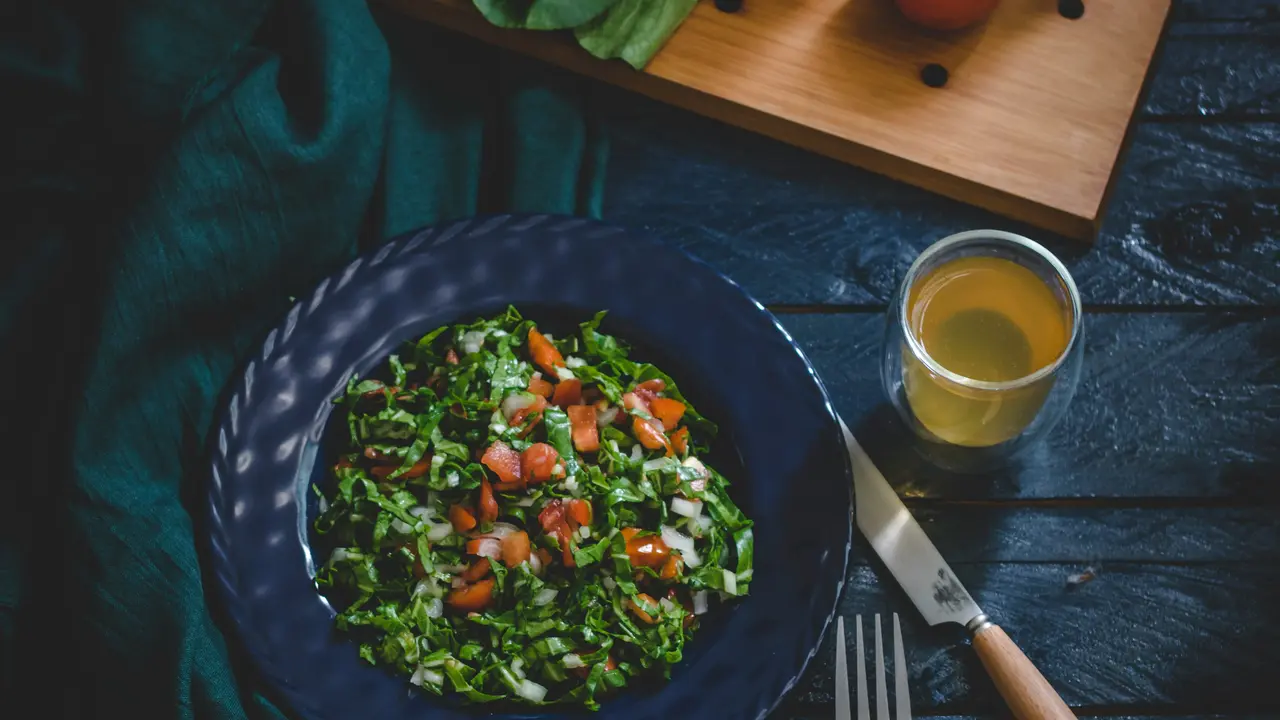Have you ever wondered what 150 grams of carbs look like in your daily meals? Understanding this measurement can greatly enhance your nutrition awareness and guide you towards healthier eating choices. In this article, we will explore various foods that contribute to 150 grams of carbohydrates, helping you visualize this amount in practical terms. Get ready to discover how to balance your diet with the right carbohydrate intake!
Visualizing What 150 Grams of Carbs Look Like
The Importance of Carbohydrates in Your Diet
Carbohydrates are a vital energy source for our bodies. They play a crucial role in fueling your daily activities, from workouts to mental tasks. Understanding what 150 grams of carbs look like can help you maintain a balanced diet and meet your energy needs effectively.
Common Food Sources of Carbohydrates
To comprehend what 150 grams of carbs look like, it’s important to identify common food sources that fill this requirement. Here’s a list of foods and their approximate carbohydrate contents:
- 1 slice of bread (about 15 grams of carbs)
- 1 cup of cooked pasta (about 40 grams of carbs)
- 1 medium-sized banana (about 27 grams of carbs)
- 1 cup of cooked rice (about 45 grams of carbs)
- 1 medium potato (about 37 grams of carbs)
- 1 cup of quinoa (about 39 grams of carbs)
- 1 medium apple (about 25 grams of carbs)
Examples of 150 Grams of Carbohydrates in Meals
Breakfast Options
For breakfast, achieving 150 grams of carbohydrates can be quite simple. Consider the following example:
- 2 slices of whole-grain bread (30 grams)
- 1 banana (27 grams)
- 1 cup of oatmeal (34 grams)
- 1 tablespoon of honey (17 grams)
- 1 orange (15 grams)
In total, this breakfast option provides approximately 123 grams. You can easily boost it with extra fruit or a serving of yogurt to reach your carb goal.
Lunch Combinations
For lunch, consider how to combine your favorite foods effectively:
- 1 cup of cooked brown rice (45 grams)
- 1 cup of mixed vegetables (about 15 grams)
- 1 medium avocado (about 12 grams)
- 1 slice of whole-grain bread (15 grams)
This combination totals about 87 grams. Add a serving of fruit or a sweet treat to bring you closer to 150 grams.
Dinner Ideas
For dinner, you could create a hearty meal with the following:
- 1 cup of cooked pasta (40 grams)
- 5 oz of grilled chicken breast (0 grams)
- 1 cup of marinara sauce (approximately 20 grams)
- 1 slice of garlic bread (about 15 grams)
This meal would reach around 75 grams. Pair it with a side salad or a dessert to meet your 150 grams of carbs.
Understanding Carb Quality: Simple vs. Complex Carbohydrates
Simple Carbohydrates
Simple carbohydrates are sugars that are quickly absorbed by the body, providing rapid energy. Examples include:
- Fruits (like bananas and apples)
- Honey and syrups
- Processed foods
While they offer quick energy, consuming large amounts can lead to spikes in blood sugar levels.
Complex Carbohydrates
Complex carbohydrates are more nutrient-dense and digest slower, offering sustained energy over time. Examples include:
- Whole grain bread and pasta
- Brown rice and quinoa
- Vegetables and legumes
Incorporating complex carbs into your meals helps to stabilize energy levels and promote overall health.
Tips for Balancing Your Carbohydrate Intake
Monitor Your Portions
Understanding portion sizes is crucial when managing your carbohydrate intake. Utilize measuring tools or apps to help you track what 150 grams of carbs look like in your meals.
Focus on Whole Foods
Opt for whole, unprocessed foods to ensure you get the most nutrients along with your carbohydrates. This approach can help you stay satisfied, improve your health, and meet your carb goals effectively.
Experiment and Adjust
Everyone’s nutritional needs are different. Experiment with various combinations of foods to see what works best for you while keeping an eye on carbohydrate content. Adjust your meals based on your energy needs and activity levels.
Conclusion
In summary, understanding what 150 grams of carbs look like can greatly benefit your dietary choices and overall health. By familiarizing yourself with common foods and meal combinations, you can easily meet your carbohydrate goals while enjoying a balanced diet. Don’t hesitate to share this article with friends or explore more content on healthy eating to continue your journey toward better nutrition!
Carbs – Recent Articles
- How Many Carbs Are in Texas Roadhouse Rolls? Find Out Now!
- How Many Carbs in Premier Protein Shakes? Discover Now!
- Is Red Wine Low in Carbs? Discover the Truth Here!
- How Many Carbs in a Chestnut? Nutritional Facts Revealed!
- Discover How Many Carbs in 1 Tablespoon of Cornstarch!
Carbs – Useful Links
- Harvard T.H. Chan — Carbohydrates (The Nutrition Source)
- Harvard T.H. Chan — Carbohydrates and Blood Sugar
- Oklahoma State University Extension — Carbohydrates in the Diet
- Colorado State University Extension (Food Smart Colorado) — Carbohydrates
- Mayo Clinic — Carbohydrates: How carbs fit into a healthy diet
